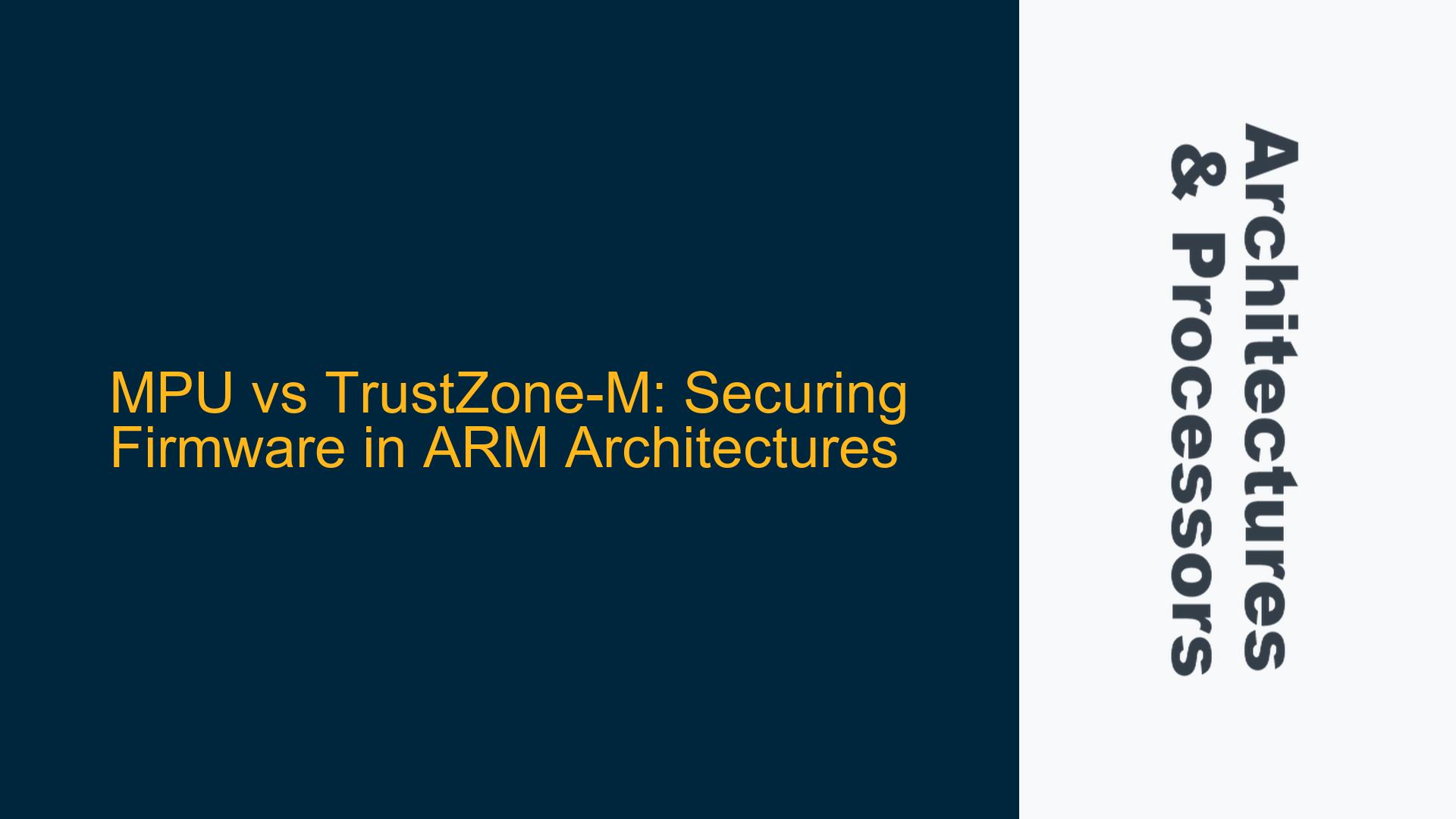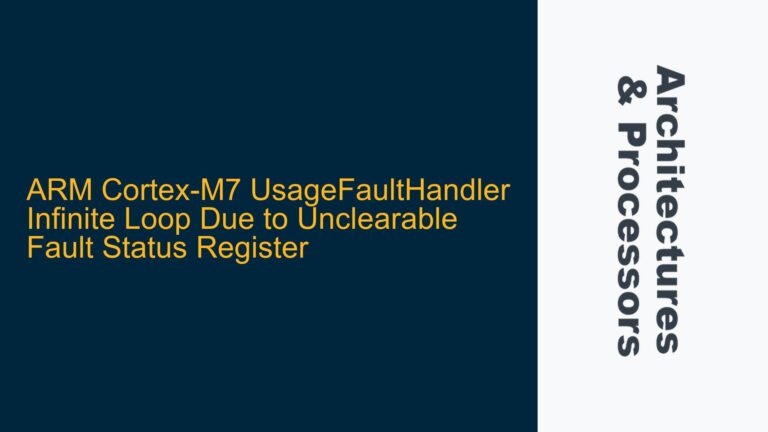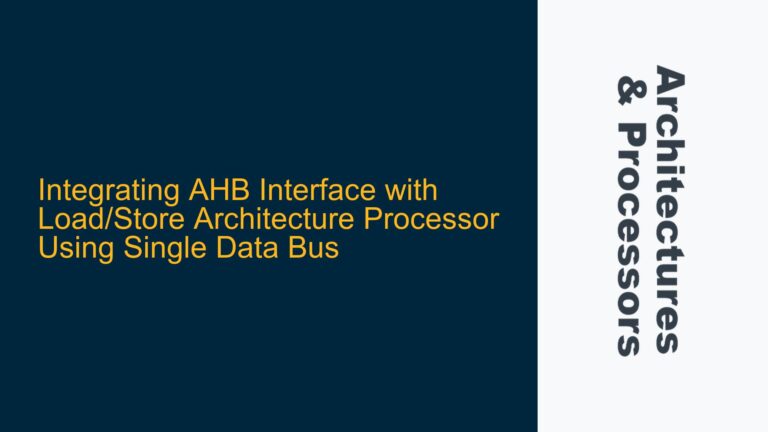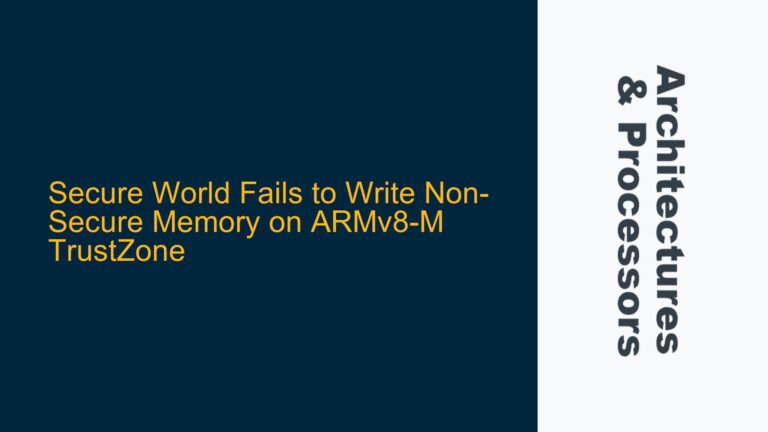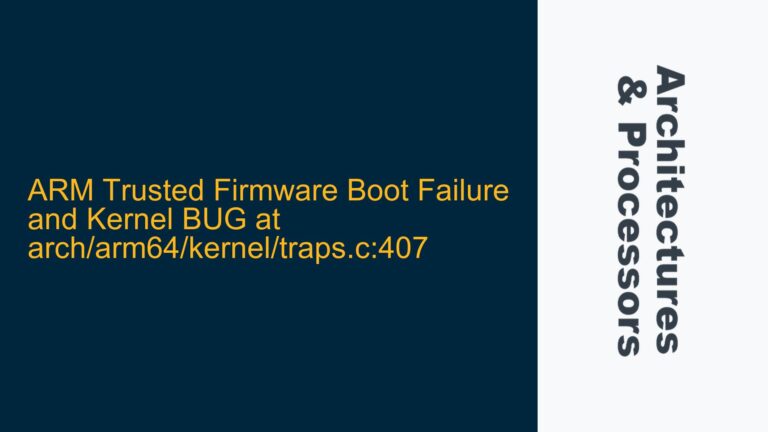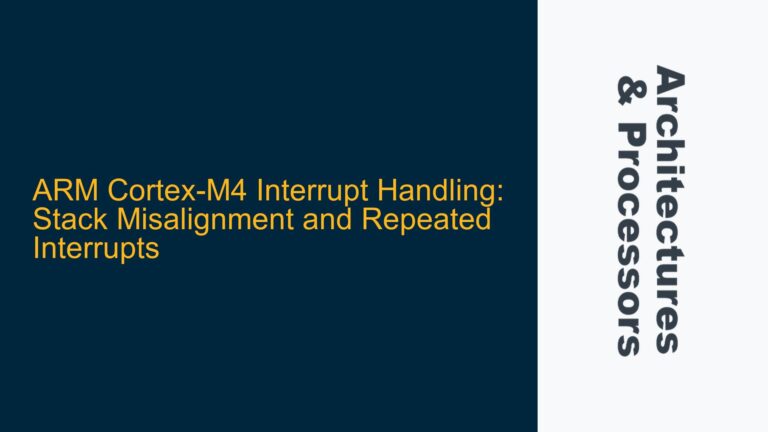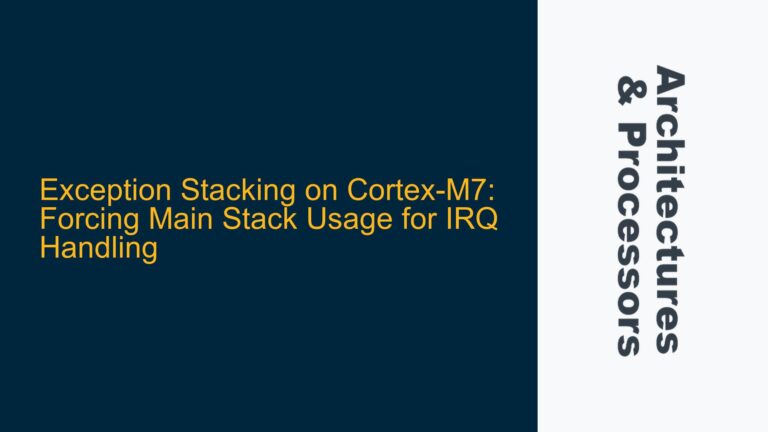ARM Cortex-M Memory Protection: MPU Limitations and TrustZone-M Advantages
When securing firmware or application code in ARM Cortex-M systems, developers often rely on the Memory Protection Unit (MPU) to enforce memory access rules. The MPU divides memory into regions, each with configurable attributes such as read-only, write-only, or execute-never. While the MPU provides a basic level of protection, it has significant limitations when compared to the ARMv8-M Security Extension, commonly referred to as TrustZone-M. TrustZone-M introduces the Secure Attribution Unit (SAU), which offers a more robust and granular approach to memory protection, particularly in systems requiring secure and non-secure software partitioning.
The MPU operates by defining memory regions and their attributes, but it lacks the ability to enforce security boundaries between privileged and non-privileged code. Any privileged code, regardless of its trustworthiness, can reprogram the MPU, potentially bypassing memory protections. This creates a vulnerability where malicious or compromised privileged code could gain unauthorized access to secure memory regions. TrustZone-M addresses this limitation by introducing the SAU, which enforces a strict separation between secure and non-secure memory regions. The SAU cannot be reprogrammed by non-secure privileged code, ensuring that secure firmware remains protected even in the presence of untrusted privileged software.
TrustZone-M also provides additional hardware mechanisms, such as the Implementation Defined Attribution Unit (IDAU) and optional Cryptocell IP, to further reduce the attack surface. These features enable system designers to create secure environments for trusted software while isolating non-secure applications. The combination of the SAU, secure MPU, and non-secure MPU allows for fine-grained control over memory access, ensuring that secure firmware is protected from both privileged and non-privileged code in the non-secure domain.
Privileged Code Vulnerabilities and Secure Memory Partitioning
One of the critical limitations of the MPU is its inability to protect secure firmware from privileged code. In a system using only the MPU, any privileged code can modify the MPU configuration, potentially granting itself access to memory regions that should be restricted. This vulnerability is particularly concerning in systems where privileged code may be exposed to external threats, such as in IoT devices or embedded systems with network connectivity. A compromised privileged application could reprogram the MPU to bypass memory protections, gaining access to sensitive firmware or data.
TrustZone-M mitigates this risk by introducing a secure state and a non-secure state, each with its own MPU. The secure MPU is only accessible to secure privileged code, while the non-secure MPU is accessible to non-secure privileged code. The SAU enforces the boundary between these states, ensuring that non-secure privileged code cannot access or modify secure memory regions. This separation is critical for protecting secure firmware from attacks that exploit privileged code vulnerabilities.
The SAU also provides additional security features, such as the ability to define secure callable regions. These regions allow non-secure code to invoke secure functions in a controlled manner, preventing unauthorized access to the secure state. By combining the SAU with the secure and non-secure MPUs, TrustZone-M provides a comprehensive solution for secure memory partitioning, protecting firmware from both external attacks and internal vulnerabilities.
Implementing TrustZone-M for Robust Firmware Security
To implement TrustZone-M for robust firmware security, developers must first configure the SAU to define secure and non-secure memory regions. The SAU configuration is typically done during system initialization, with secure memory regions allocated for trusted firmware and non-secure regions for untrusted applications. The secure MPU is then configured to enforce access rules within the secure state, while the non-secure MPU handles memory protection for the non-secure state.
One of the key steps in implementing TrustZone-M is defining secure callable regions. These regions allow non-secure code to invoke secure functions, such as cryptographic operations or secure boot routines, without exposing the entire secure firmware to potential attacks. Secure callable regions are configured using the SAU and are protected by hardware mechanisms that ensure only authorized entry points can be used to transition from the non-secure state to the secure state.
Developers must also consider the interaction between the secure and non-secure MPUs. The secure MPU can be used to enforce additional access controls within the secure state, while the non-secure MPU handles memory protection for non-secure applications. Careful configuration of both MPUs is essential to ensure that secure firmware remains protected while allowing non-secure applications to function correctly.
In addition to configuring the SAU and MPUs, developers should leverage the optional hardware features provided by TrustZone-M, such as the IDAU and Cryptocell IP. The IDAU allows for additional memory attribution, further reducing the attack surface, while the Cryptocell IP provides hardware-accelerated cryptographic operations, enhancing the security of sensitive data.
By implementing TrustZone-M, developers can create a secure environment for firmware and applications, protecting against both external attacks and internal vulnerabilities. The combination of the SAU, secure and non-secure MPUs, and optional hardware features provides a comprehensive solution for secure memory partitioning and robust firmware protection in ARM Cortex-M systems.
